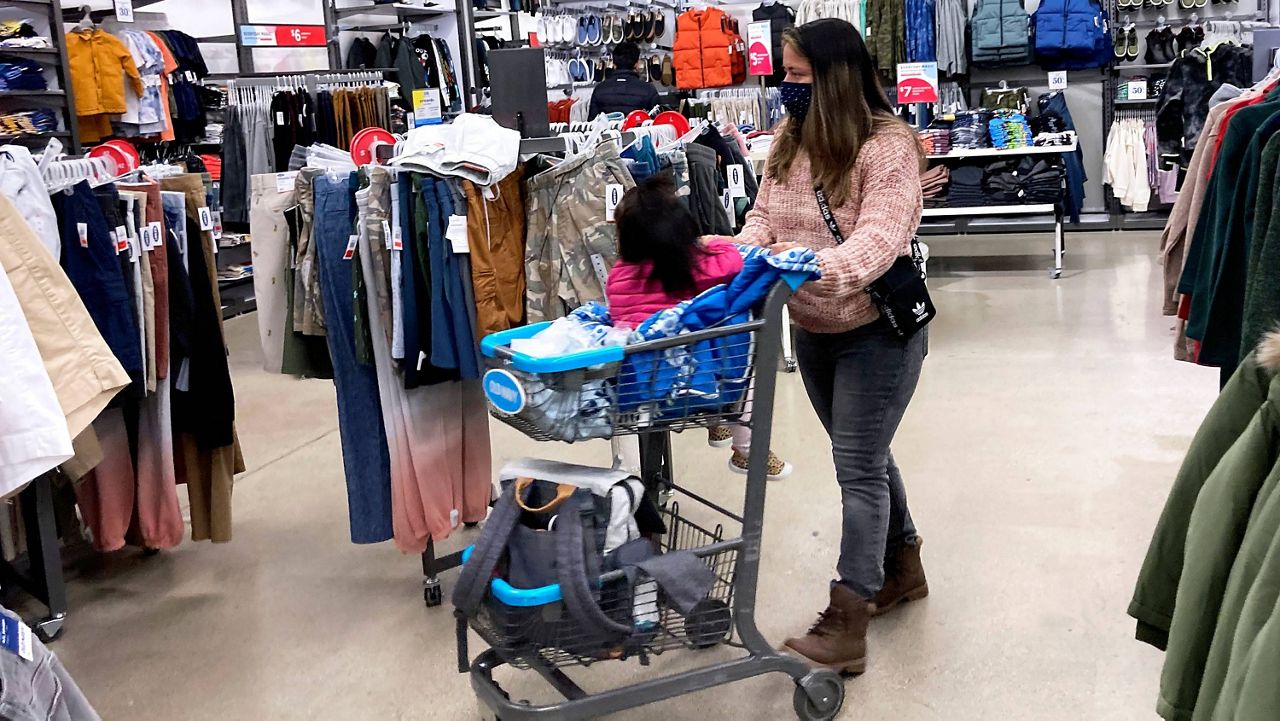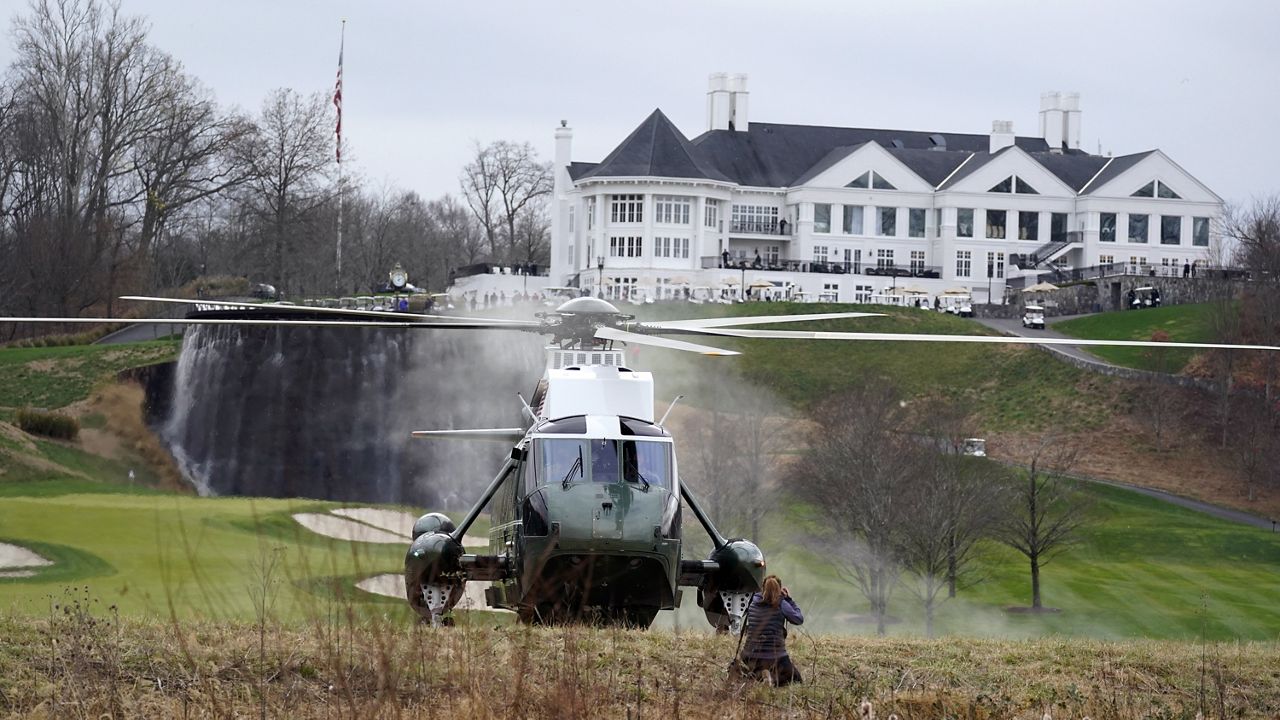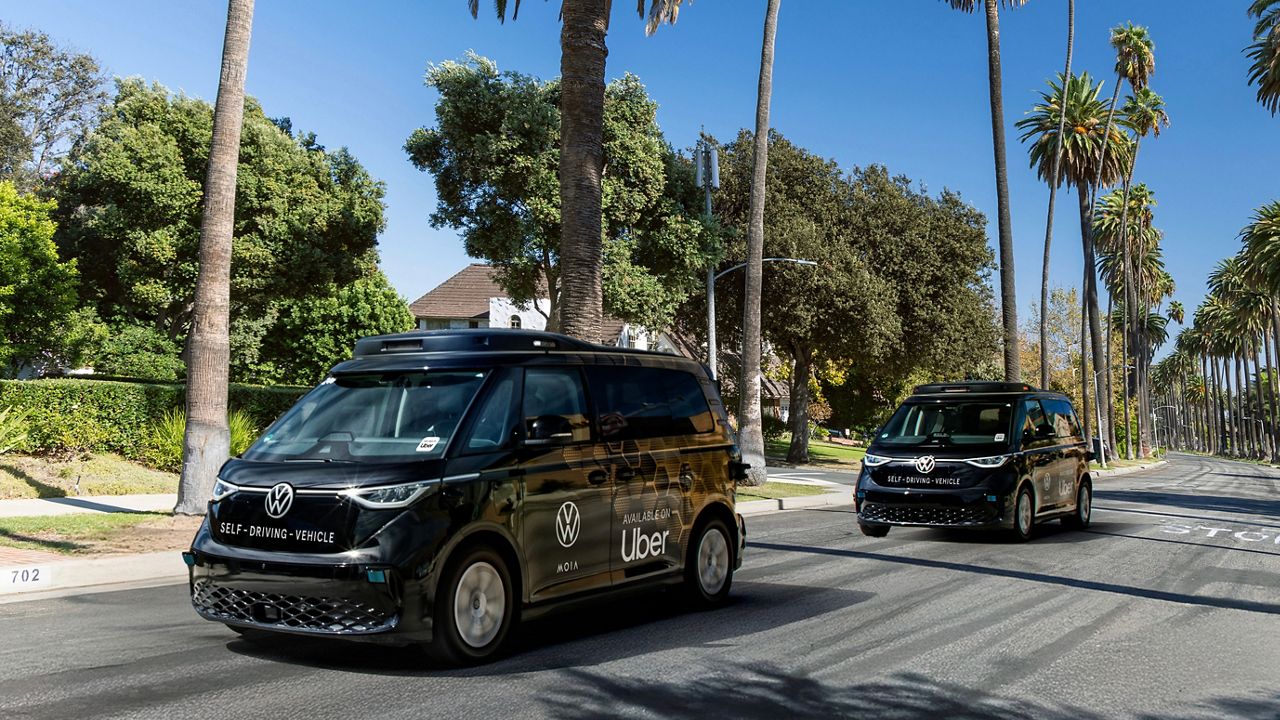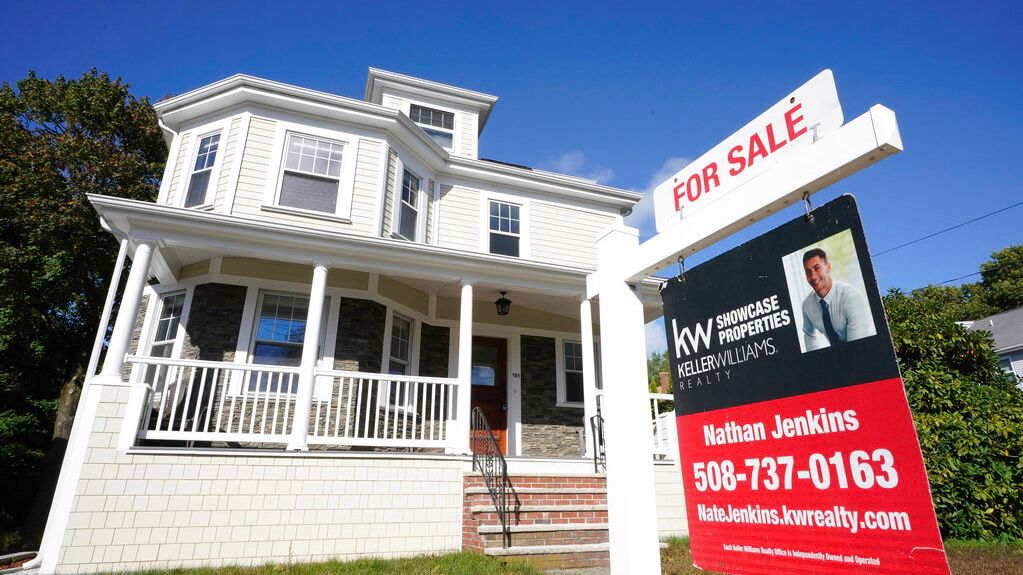NEW YORK (AP) — Americans picked up the spending pace in January as the threat of omicron faded and there was some easing of supply shortages.
What You Need To Know
- Americans picked up the spending pace in January as the threat of omicron faded and there was some easing of supply shortages
- Retail sales rose a seasonally adjusted 3.8% last month compared to the prior month when the number dropped a revised 2.5%
- Sales at general merchandise stores rose 3.6% while department stores saw business up 9.2%; online sales surged 14.5%
- The retail report released Wednesday covers only about a third of overall consumer spending and doesn't include services such as haircuts, hotel stays and plane tickets
Retail sales surged a seasonally adjusted 3.8% last month, whizzing past the projections of most economists. That compared to the prior month when sales slid 2.5% according to revised figures released Wednesday by the U.S. Commerce Department.
Surging inflation likely pumped up the numbers further in January.
Retail sales were up across the spectrum. Sales at general merchandise stores rose 3.6%, while department stores saw business up 9.2%. Sales at furniture and home furnishings stores rose 7.2%. Online sales surged 14.5% .However, restaurants saw a 0.9% decline from the month before likely as consumers refrained from going out to eat for fear of catching the virus.
The omicron variant that emerged in late November caused widespread worker shortages with so many people calling out sick. Yet the wave of the most recent variant appears to have been short-lived and infections began to decline by mid-January as fast as they rose late last year. Cases have plunged from 436,000 a day two weeks ago to 136,000 Monday.
What is rising is inflation, reaching heights not seen in four decades to wipe out pay raises and potentially eliciting a more forceful response from Federal Reserve, which is expected to begin raising interest rates to cool the economy.
Consumer prices soared 7.5% last month compared with January 2021, the steepest year-over-year increase since February 1982 as the U.S. economy raced out of pandemic-induced recession. Americans, many flush with cash and ready to spend, collided with a lack of supply as surging demand created global supply chain backups, pushing prices higher still.
The retail report released Wednesday covers only about a third of overall consumer spending and doesn't include services such as haircuts, hotel stays and plane tickets.








